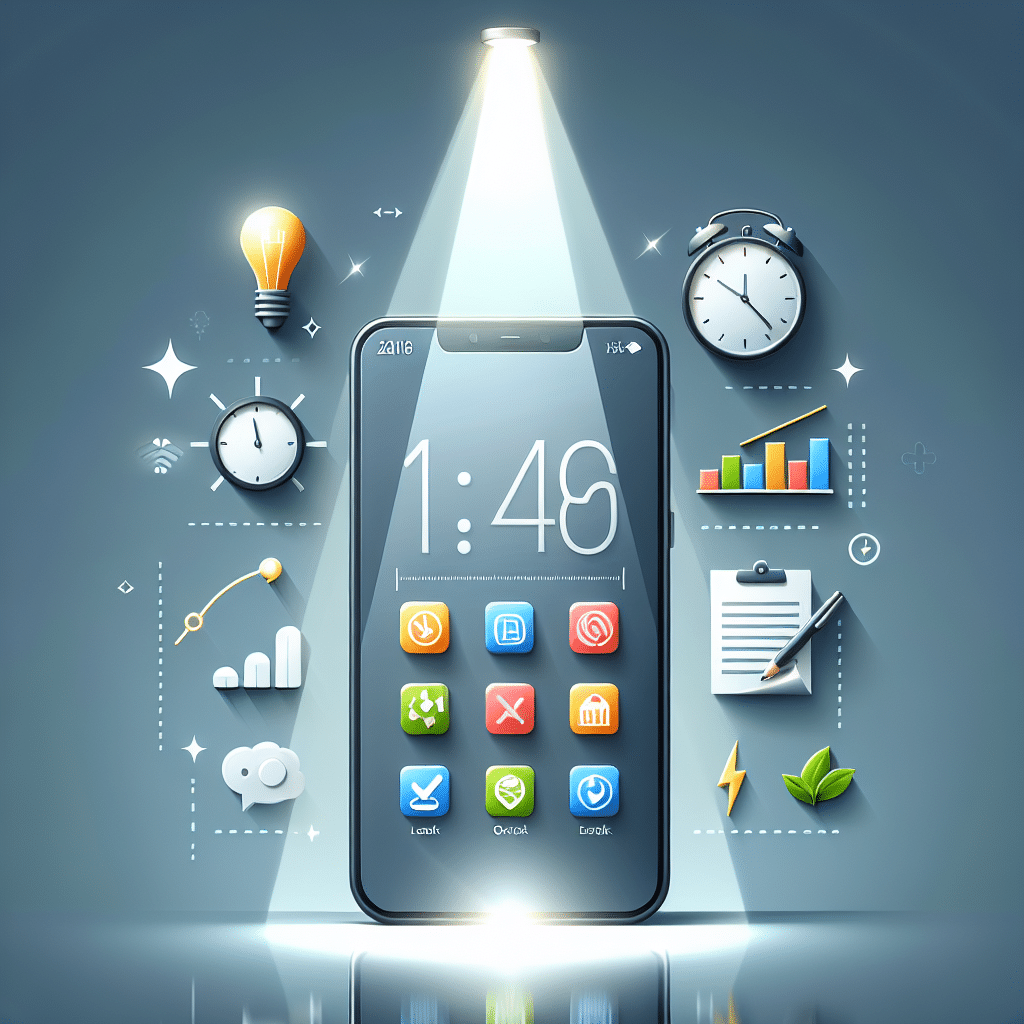App Reviews for Boosting Efficiency: An In-Depth Guide
In the digital age, mobile applications play a critical role in enhancing productivity. By integrating efficient tools into daily routines, users can streamline tasks, promote organization, and increase overall output. This article explores various categories of efficiency-boosting apps, how to evaluate app reviews, and tips for maximizing the benefits derived from these tools.
1. Categories of Efficiency Apps
Efficiency apps can be broadly categorized into several types, each serving a distinct purpose. Exploring these categories can help users choose the right applications for their needs.
1.1 Task Management Apps
Task management applications are designed to help users prioritize and organize their to-do lists. Popular options like Todoist, Asana, and Trello allow users to create tasks, set deadlines, and collaborate with teams. These apps not only help in managing personal tasks but are also excellent for group projects, offering features like shared boards, labels, and reminders.
1.2 Calendar and Scheduling Apps
Calendar apps such as Google Calendar and Microsoft Outlook play a pivotal role in managing time efficiently. They provide options to schedule meetings, set reminders, and even integrate with task management apps for a seamless experience. Users can benefit from shared calendars, making it easier to coordinate with colleagues and manage group tasks.
1.3 Note-Taking Apps
Digital note-taking has revolutionized how we capture information. Apps like Evernote and Notion allow users to jot down notes, attach files, and organize information in a way that’s easily retrievable. The ability to sync across devices ensures that notes are always at hand, promoting efficient information management.
1.4 Communication Apps
Efficient communication is vital in any workspace. Applications like Slack and Microsoft Teams facilitate instant messaging and file sharing, reducing the need for lengthy email exchanges. These platforms often include video conferencing features, workflow automation, and integration with other productivity tools.
1.5 Time Management Apps
For individuals looking to utilize their time more effectively, time management apps such as RescueTime and Toggl track how time is spent. They provide insights into productivity patterns, helping users identify wasted time and areas for improvement.
2. Analyzing App Reviews
When choosing apps for boosting efficiency, it’s essential to analyze app reviews critically. Understanding user feedback can help make informed decisions.
2.1 Rating Systems
Most app stores use a star rating system, where users rate their experience from one to five stars. It’s important to not only look at the overall rating but also to consider the number of ratings—apps with a high number of ratings tend to offer a more reliable quality.
2.2 Written Reviews
Reading through written reviews offers deeper insights than ratings alone. Look for comments that mention specific features, ease of use, and integrations with other platforms. Pay attention to both positive and negative feedback to form a balanced understanding of the app’s capabilities.
2.3 Updates and Developer Response
Regular updates and responsive developers indicate an app’s ongoing improvement. Apps that frequently address bugs and user feedback signify a commitment to user satisfaction. Reviews that mention the developer’s response can provide insight into the service’s reliability.
3. Top Apps to Consider
3.1 Todoist
Todoist is a versatile task manager that excels in both simplicity and functionality. It allows users to set priorities, deadlines, and recurring tasks, alongside collaborative features for team use. The clean interface and robust integration options with other tools make it a favorite among productivity enthusiasts.
3.2 Google Workspace
Google Workspace apps streamline communication and collaboration. Tools like Google Docs, Sheets, and Drive facilitate real-time collaboration, making it easier for teams to work together on projects regardless of location. The seamless integration with Google Calendar enhances scheduling capabilities.
3.3 Notion
Notion is an all-in-one workspace for note-taking, project management, and personal organization. Its flexibility allows users to set up dashboards that incorporate tasks, notes, and databases, catering to a wide variety of workflow needs.
3.4 Slack
Slack enhances team communication with channels, direct messaging, and file sharing capabilities. The ability to integrate with numerous other apps amplifies its functionality, making it an essential tool for remote teams aiming to maintain productivity.
3.5 RescueTime
RescueTime automatically tracks time spent on applications, providing users with reports that highlight productivity patterns. This data helps users identify distractions and reallocate time efficiently to boost productivity.
4. Maximizing App Efficiency
Choosing the right apps is just the beginning. Here are strategies to maximize the benefits of productivity applications:
4.1 Set Clear Goals
Establishing specific, measurable goals can help in utilizing apps effectively. Clearly defining what needs to be accomplished in a day or week will allow users to select suitable tools and manage their time accordingly.
4.2 Customize Settings
Most apps offer customizable settings to tailor functionalities to individual needs. Explore features like notifications, templates, and themes to create an enjoyable and effective workspace.
4.3 Integrate Tools
Many productivity apps can integrate with each other to create a smoother workflow. For instance, linking a calendar app with task managers ensures that deadlines are visible and manageable.
4.4 Regularly Review and Adapt
Conduct regular reviews of app usage and productivity. Evaluate what works, what doesn’t, and adapt accordingly. This ongoing process can lead to continuous improvement in efficiency.
4.5 Educate Yourself
Many productivity apps provide tutorials or user forums. Taking the time to learn about all features can unveil hidden tools that enhance efficiency. Consider online courses or webinars to deepen your understanding of specific applications.
5. Conclusion
Efficiently managing tasks and fostering productivity in an increasingly complex digital environment hinges on the careful selection and effective use of apps. By understanding different categories of productivity tools, conducting thorough app reviews, and actively utilizing tailored strategies, users can unlock significant improvements in their daily efficiency. Emphasizing consistent analysis and adaptation will further enhance the potential benefits that these applications offer.
